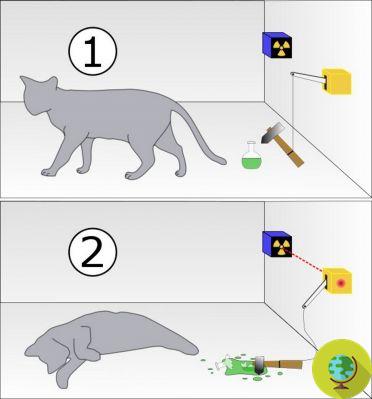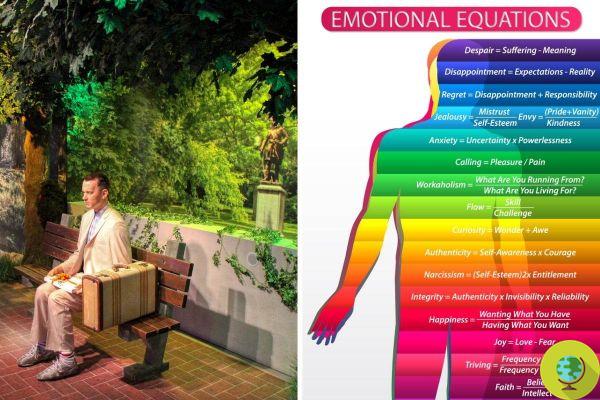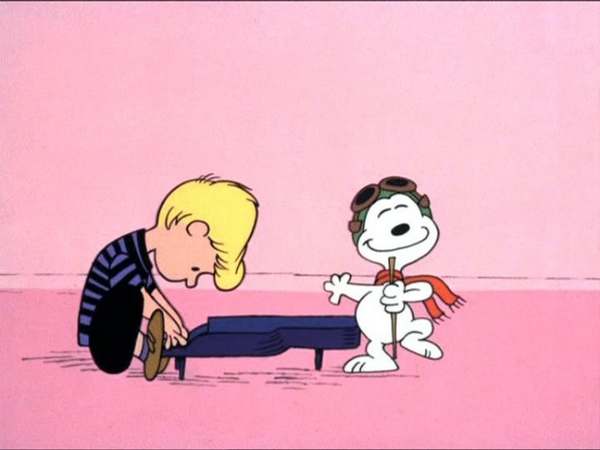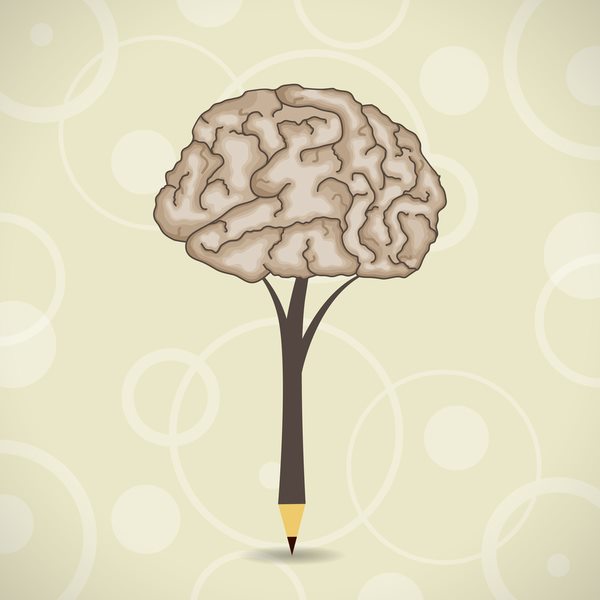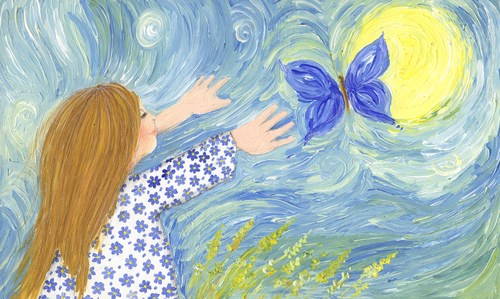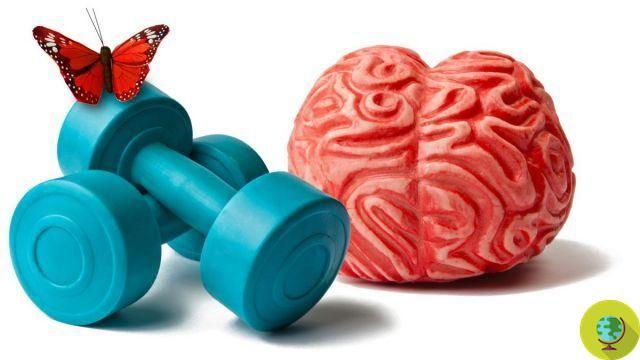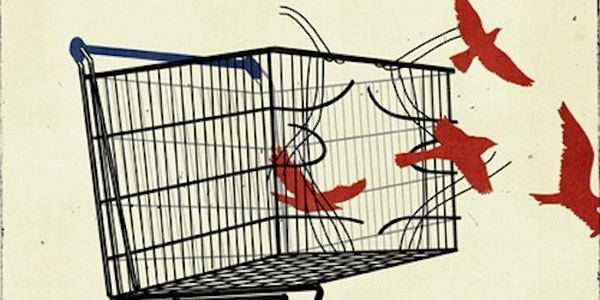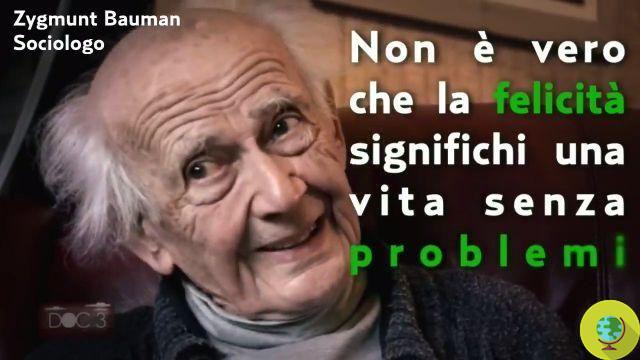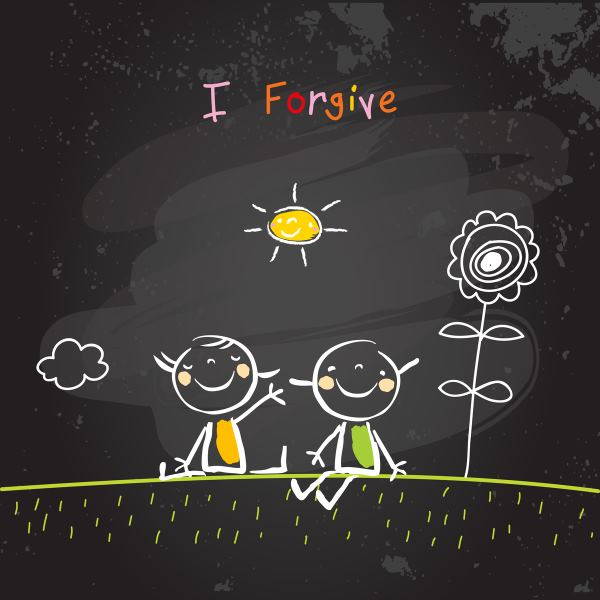Sometimes we accept comfortable and habitual situations but without attraction, or opposite situations, consciously uncomfortable and self-destructive. But how to become aware of all the malaise he is experiencing and start over?
Don't store avocado like this: it's dangerousThere are moments in the life of each of us when palliative care against dissatisfaction no longer has an effect.
Sadness, inability to act, isolation take over and everything seems lost, a sense of total loss prevails and one wonders how it was possible to get to that point. What happens?
It happens that sometimes we accept comfortable and habitual situations but without attraction, or opposite situations, consciously uncomfortable and self-destructive, to confirm our not being worthy of love.
All this seems to us to be the simplest, most harmless, obvious, temporary, or ineluctable path, which however turns out to be a very dangerous trap from which it seems impossible to escape. When we are "satisfied" with living a non-life, we inexorably begin to die slowly.
Symptoms of this existential evil, perhaps due to untreated childhood wounds, manifest themselves with a sense of isolation and progressive apathy, an aggression sometimes directed against the self, which at times even involves the body.
All this happens until something inside us, slowly, with difficulty, wakes up.
It is our inner child, that original nucleus of vital and primary energy, which leads us to suddenly feel all the incoherence that our abandoned aspirations scream, finding ourselves in a path chosen by inertia, the succession of never-seen wounds. , never plants or celebrated. Somehow, through the awareness of our pain, we can start living again.
In a way it is as if our frozen and exhausted heart needs to do the mourning of illusion and should become aware of all the malaise he is experiencing before starting over.
The Seeker
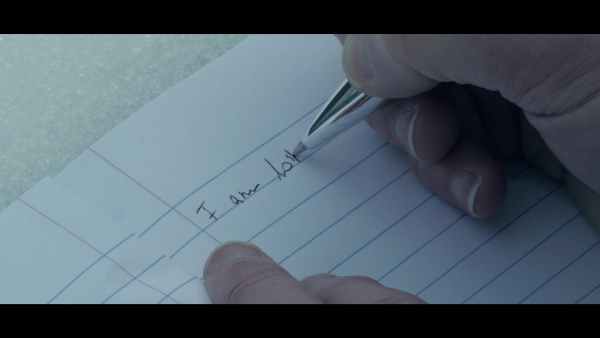
Joseph Campbell, American essayist, very close to Jungian themes relating to myth and the archetypes of the collective unconscious, defined the "Hero's Journey" the path that we are all called to face in order to to separate ourselves from things pre-established a priori, recognize reality for what it really is, explore our inner self and ultimately conquer Wisdom.
“The Hero must be willing to descend into Hell to face the Demons, for that is where the Treasure is. The Treasure represents the reward for the courage to have taken the path and faced the Shadow. It is the recovery of our talents, the awareness of our abilities and our power “.
The most difficult transition phases of our life, of transformation and psychological death, are very important evolutionary phases that allow us to experience and develop an archetypal figure (or internal model) rather than another.
The journey begins with the acceptance of see what hurts us the most: the orphan inside us, innocent and lost who claims his attention. This symbol was born in the different moments of life in which we felt unsuitable, unloved, unprotected or put to the test by traumatic events: bereavement, separations, emotional disappointments. Moments in which "another" is expected to save us and one has the impression that fate and external circumstances are much stronger than ours.
Accepting to look at the orphan and stop pretending that everything is fine brings us back to the consciousness of what we were before those wounds and inexorably reconnects us to the desire not to be victims anymore. This is how the seeker is born.
There is one Aztec legend narrated in the book by Clarissa Pinkola Estes in her book "Women who run with wolves": the loba. La Loba indicates what we must seek: the indestructible life force, the "bones". The loba goes around rivers and caves looking for wolf bones and when it has collected enough it begins to sing.
With his song "the desert shakes, the wolf opens his eyes and runs away, and as he ends up in a river he becomes a woman". From the bones the orphan awakens her voice-soul, which through her breath finds the truth of his own power and need. Consciousness can be undermined and bent, it can be lost under a blanket of snow, distorted with the signs of abandonment or wounds, but it does not die, because there is a lasting and persistent self, linked to life and play. With aching bones one can live in a cold desert, where one feels deprived of all privileges, but the same desert can teach the precious things of survival.
Research allows us to learn that everything we are looking for is within us.
Give yourself the permesso to cry, permission to scream, permission to hear your heart and your story. From a root that seems dead, life returns in spring.
Dr. Alice Bacchin
Here begins our journey, divided into four articles by Dr. Alice Bacchin, psychologist and dramatist, separated on the theme of life-death-life cyclicality which will end with the emblematic preview of The Key - the journey (here the teaser) an emotional and sensorial short film by the video artist Michele Pastrello.
In the next article we will talk about how to recognize the internal predator that, if fed, keeps us in a state of passivity and non-existence and how to favor the development of the seeker and his evolution into a hero.





